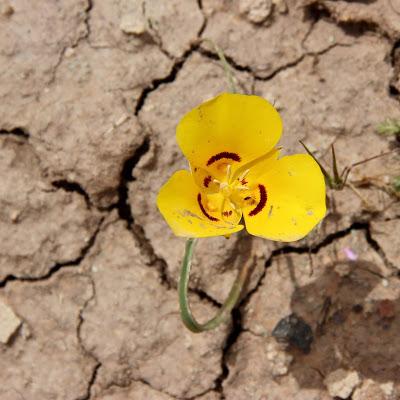 During the winter and spring of 1872, John Wesley Powell’s second expedition down the Colorado River took a six-month break, making camp near Kanab, Utah. In early December they were joined by Ellen Powell Thompson, and her “most intelligent dog” Fuzz. Nellie was Powell’s sister and the wife of expedition topographer Almon Harris Thompson. She also was a botanist.
During the winter and spring of 1872, John Wesley Powell’s second expedition down the Colorado River took a six-month break, making camp near Kanab, Utah. In early December they were joined by Ellen Powell Thompson, and her “most intelligent dog” Fuzz. Nellie was Powell’s sister and the wife of expedition topographer Almon Harris Thompson. She also was a botanist. 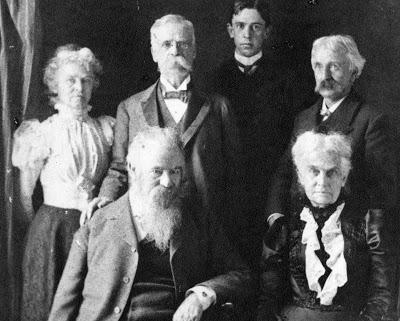
Powell family: Standing, left to right: Ellen Powell Thompson, William Bramwell Powell, William P. Powell, Almon Harris Thompson. Seated: John Wesley Powell and Mary Powell Wheeler. Topeka, Kansas, circa 1900 (source).
Their “break” was hardly a vacation. They surveyed, mapped and described the area around Kanab, and made a five-week exploratory and mapping trip, by horseback, as far west as St. George. Nellie collected plants when conditions allowed—when they weren’t wallowing through snow searching for a trail, or lying in camp sick from bad water. (See Smith 1994, and Botanist Ellen Powell Thompson for more about her adventures.)Thompson collected, pressed and dried some 380 specimens—not a large number but respectable given the conditions. Most amazingly, at least 15 turned out to be the “novelties” so coveted by botanical explorers—species new to science (Welsh 1982).This past May, I too explored the country and flora around Kanab, in the Grand Staircase-Escalante National Monument. The trip was a Plan B … after Plan A, a tour of central Nevada, was cut short by an extended forecast of rain and snow. The Grand Staircase area also was unseasonably cool and wet, but there was a benefit—terrific wildflowers!
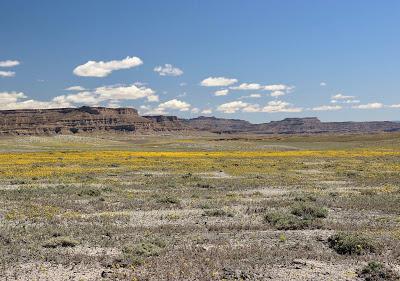
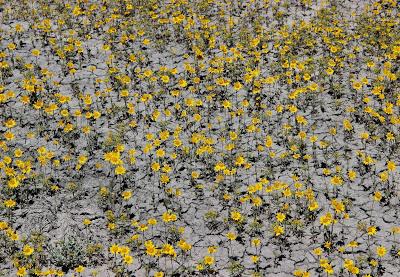
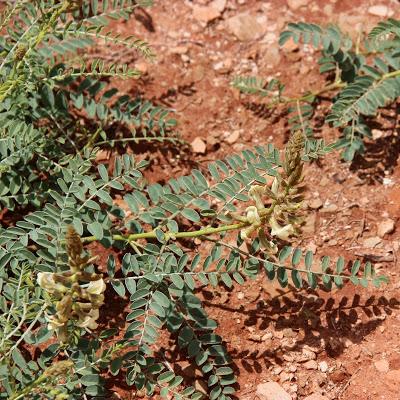
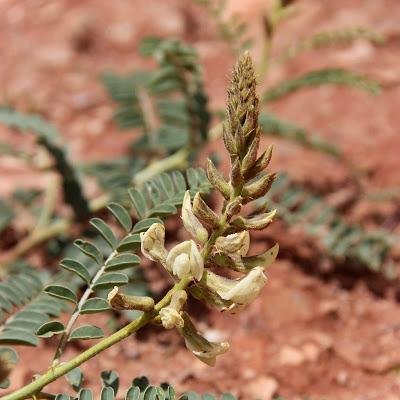
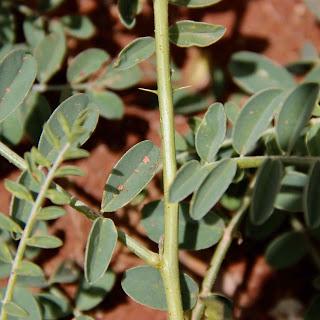
Note paired spines on stem (leaf attached on the other side, out of view).
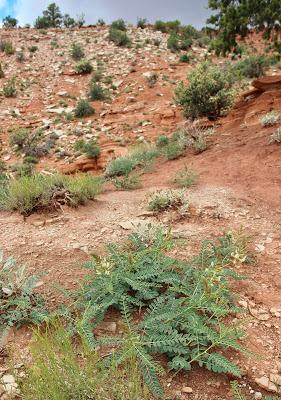
Thompson's Peteria is the large sprawling plant in the foreground.
Nearby was another Thompson novelty—the Golden Mariposa Lily, Calochortus aureus. It’s also easy to recognize. There are no other bright yellow mariposa lilies in the area.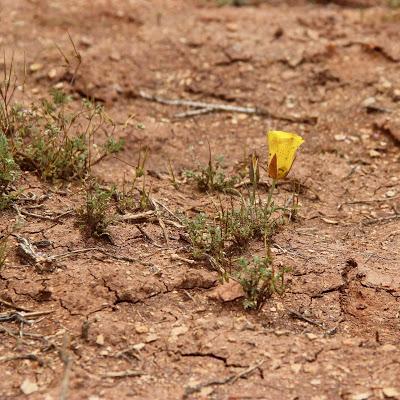
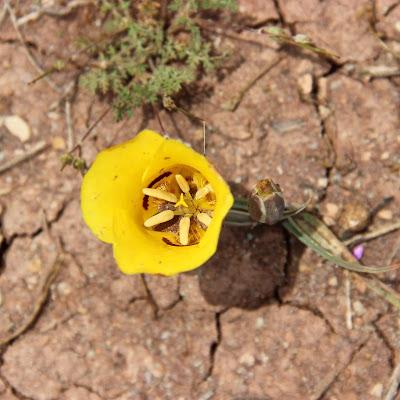
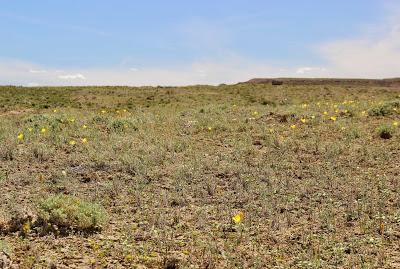
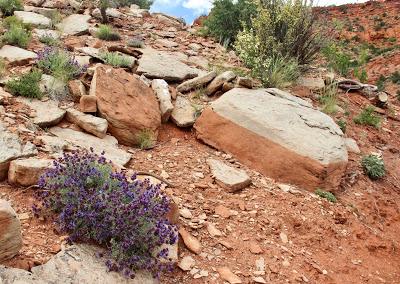
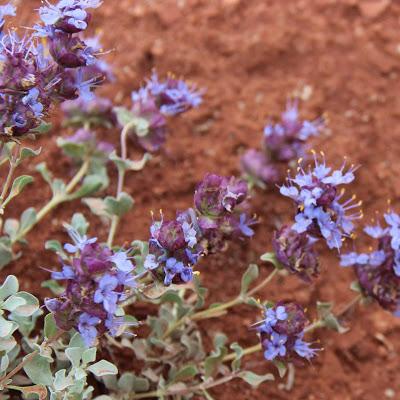
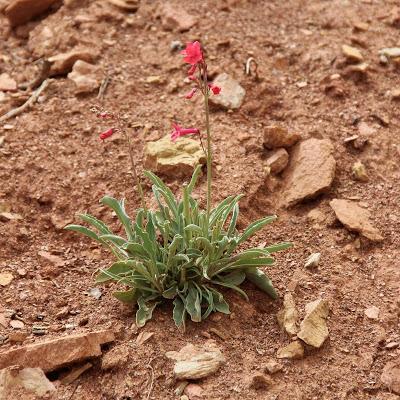
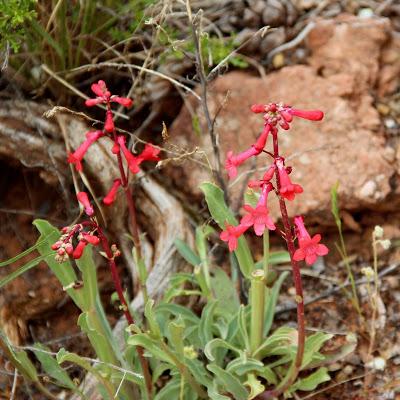
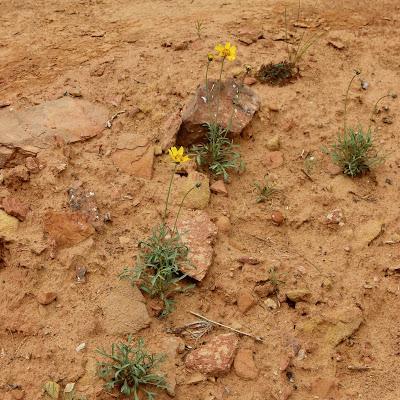
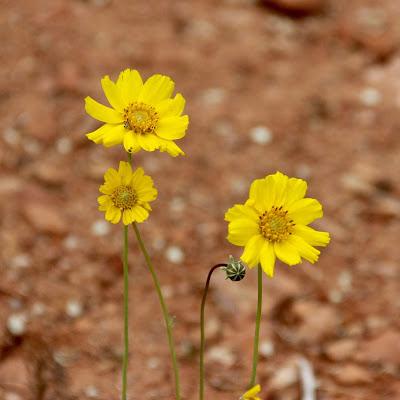
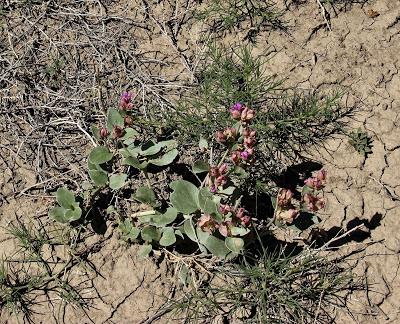
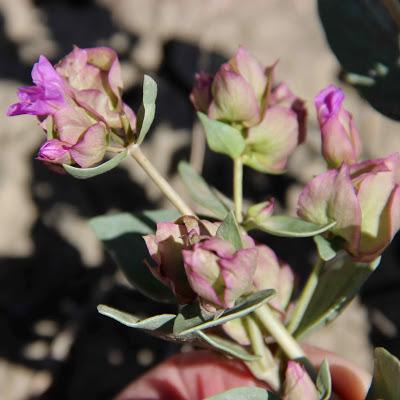
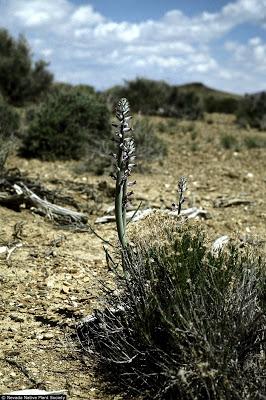
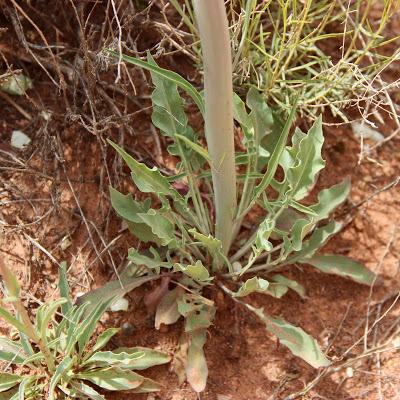
Here's the thick stem.
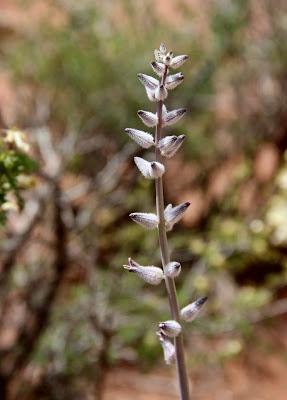
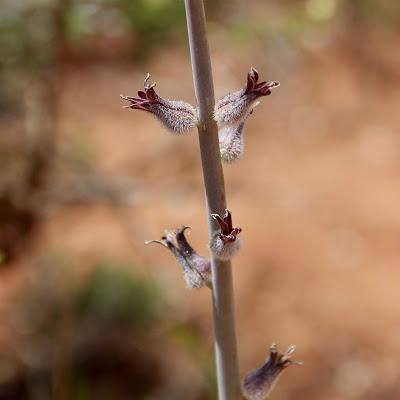
Curious little flowers.
And last but hardly least, prickly pears, Opuntia polyacantha. The rose-colored form was common, and beautiful in the sunshine.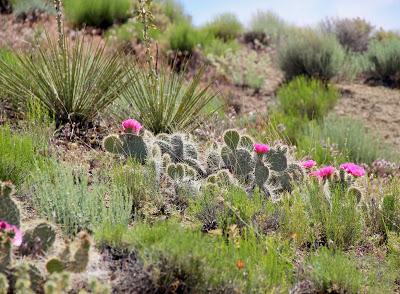
Sources
Lesica, P, and Fertig, W. 2017. Spring wildflowers of Utah’s Red Rock Desert. Missoula: Mountain Press.
Smith, Beatrice Scheer. 1994. The 1872 diary and plant collections of Ellen Powell Thompson. Utah Historical Quarterly 62:104-131. http://utahhistory.sdlhost.com/#/item/000000031001001/viewWelsh, SL. 1982. Utah plant types—historical perspective 1840 to 1981—annotated list, and bibliography. Great Basin Naturalist 42:129-189. Available at the Biodiversity Heritage Library.
